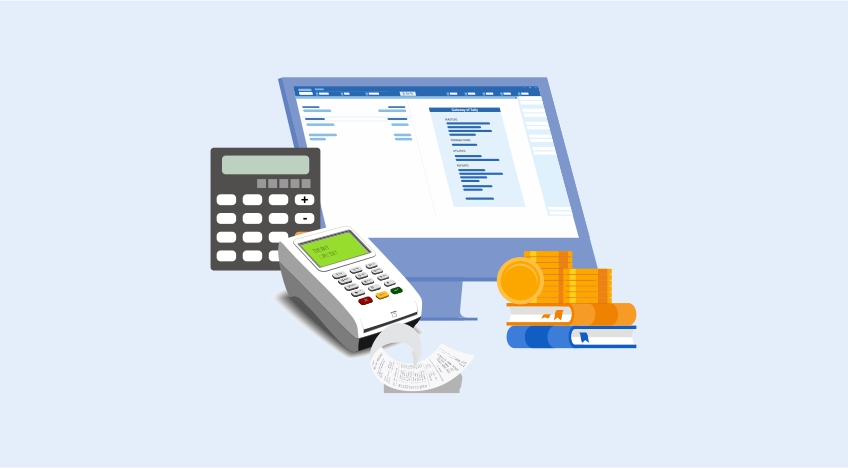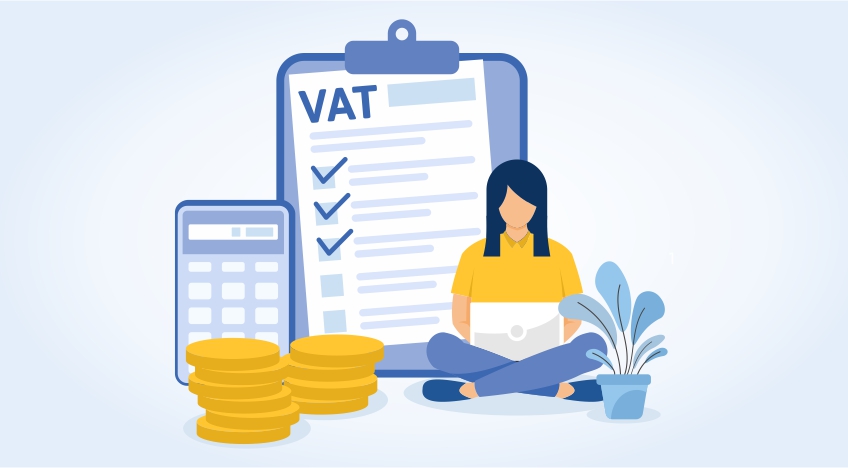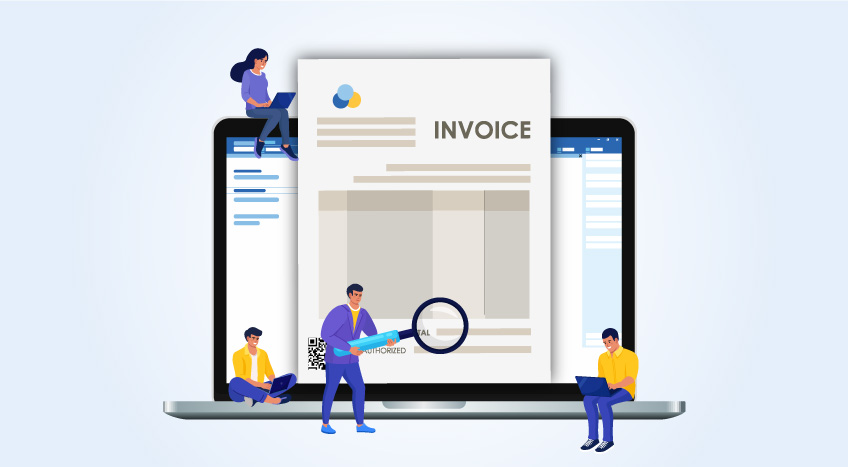Last year, the Kenyan Revenue Authority (KRA) announced that all taxpayers had to move to electronic invoicing through the Electronic Tax Management System (eTIMS). The initial deadline for integrating into eTIMS was 1 September 2023.
However, considering that some taxpayers faced integration and technical challenges in this process, the KRA announced a grace period until 31 March 2024. However, it is important to note that this grace period has been provided for non-VAT registered taxpayers only.
Let‘s read more about the compliance requirements and integration challenges that led to the extension of the eTIMS deadlines.
Grace Period Provided until 31st March 2024
The Kenyan Revenue Authority (KRA), on 27 December 2023, announced that all non-VAT registered taxpayers could integrate their manual invoices on the eTIMS portal until 31 March 2024.
According to the earlier announcement made during the middle of last year, taxpayers had to pay penalties if they had not shifted to electronic invoicing within the deadline of 1 September 2023.
With KRA providing this grace period until 31st March 2024, non-VAT registered taxpayers can rest assured knowing that they will not be asked for penalties for non-generation of e-invoices until the end of this period.
When taxpayers complete their onboarding formalities and move to eTIMS before the deadline date, they need to integrate all manual invoices (the ones issued after 1st January 2024) with the new eTIMS model of the KRA.
Compliance Requirements for Onboarding
Now that you know about the extended deadlines for eTIMS integration, you need to fulfil compliance requirements before you start the process.
Who is required to move to the new eTIMS structure of the KRA? According to the law, all persons in business (whether registered or not registered for VAT) should start generating electronic invoicing within the approved deadlines. Who are these persons in business?
Persons in business can be any of the following:
- Any type of business – companies, partnership firms, sole proprietorships, trusts, associations and more
- Individuals who have to pay income tax on any of the following:
-
- Tax on income from monthly rentals (MRI – Monthly Rental Tax)
-
- Turnover tax (TOT)
-
- Income tax paid every year – applicable in the case of corporations, partnership firms, and individuals with permanent business (applicable to residents & non-residents)
-
- Persons who earn income from conducting businesses in all sectors (formal & informal)
-
- All people involved in all types of businesses (whether registered or non-registered for VAT). Some businesses may be exempt from VAT (hospitals, medical services, education services, non-government organisations, tours & travels, and more). However, even these businesses should integrate their current system to eTIMS within the agreed deadlines.
Transition Challenges for Businesses
While the eTIMS structure has been introduced in Kenya to aid transparency in the tax structure and cut down tax evasion, it hasn’t been a smooth transition for taxpayers. Small businesses, especially, may confront the following challenges when onboarding to the new eTIMS structure of KRA.
Claiming Tax Deductions
In the earlier system, businesses could submit all their expenses that generated income to claim tax deductions, if applicable. However, in the new system, businesses can claim tax deductions only for those expenses that were supported by electronic invoices.
If a business fails to submit electronic invoices, they have to pay around 30% of their tax liability, according to the law. Hence, all businesses should ensure that they diligently capture all the manual invoices (the ones issued after 1st January 2024) and get them onboard with eTIMS within the deadline of 31 March 2024 to claim for tax deductions.
Problems with Infrastructure
Small businesses may not have the necessary infrastructure to issue electronic invoices through the KRA’s eTIMS model. They have to upgrade their structure, and this may cost them a lot of money and time.
Problems with Tracking Invoices
Since they are familiar with the traditional structure, non-VAT registered taxpayers may face a lot of challenges while generating and tracking e-invoices in real-time. Initially, there may be a few discrepancies for businesses trying hard to keep up with the efficiency and smoothness of eTIMS.
What’s the Best Solution to Overcome these Challenges?
The only way in which businesses can ensure smooth integration and onboarding on eTIMS is to choose the services of an experienced and professional ERP (Enterprise Resource Planning) service provider like Tally Solutions. Tally, for example, has a robust reconciliation and integration system. Its infrastructure is highly sophisticated, helping businesses to seamlessly integrate their manual invoices into the new structure without any errors or issues.
By choosing a good ERP solution, businesses can truly appreciate the real purpose of eTIMS and embrace transparency in their invoice generation and tax processes.










